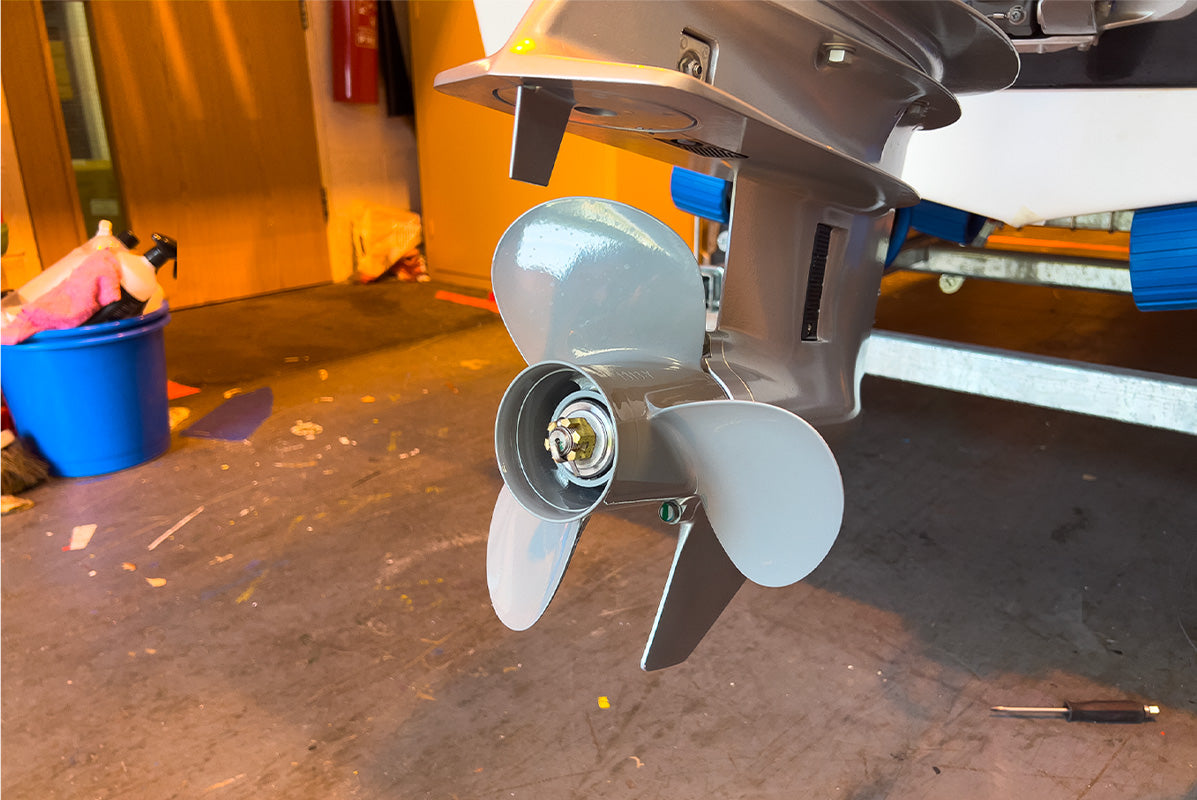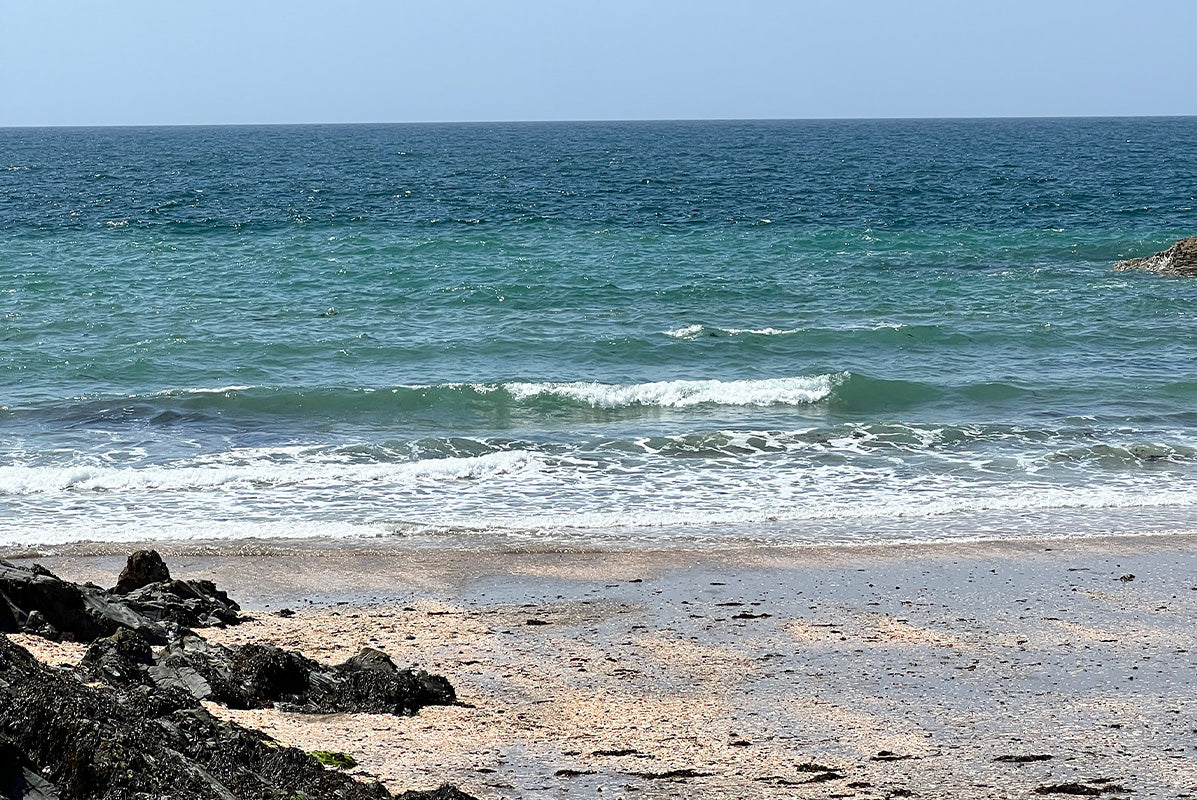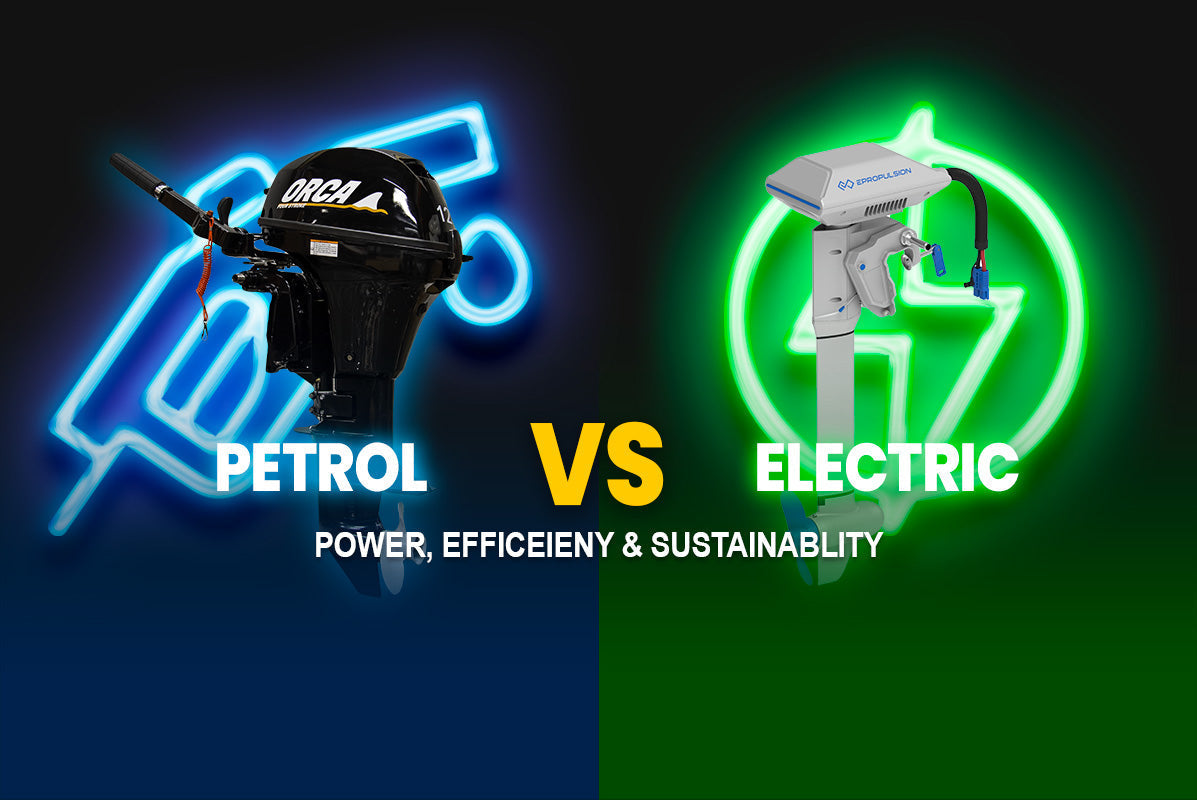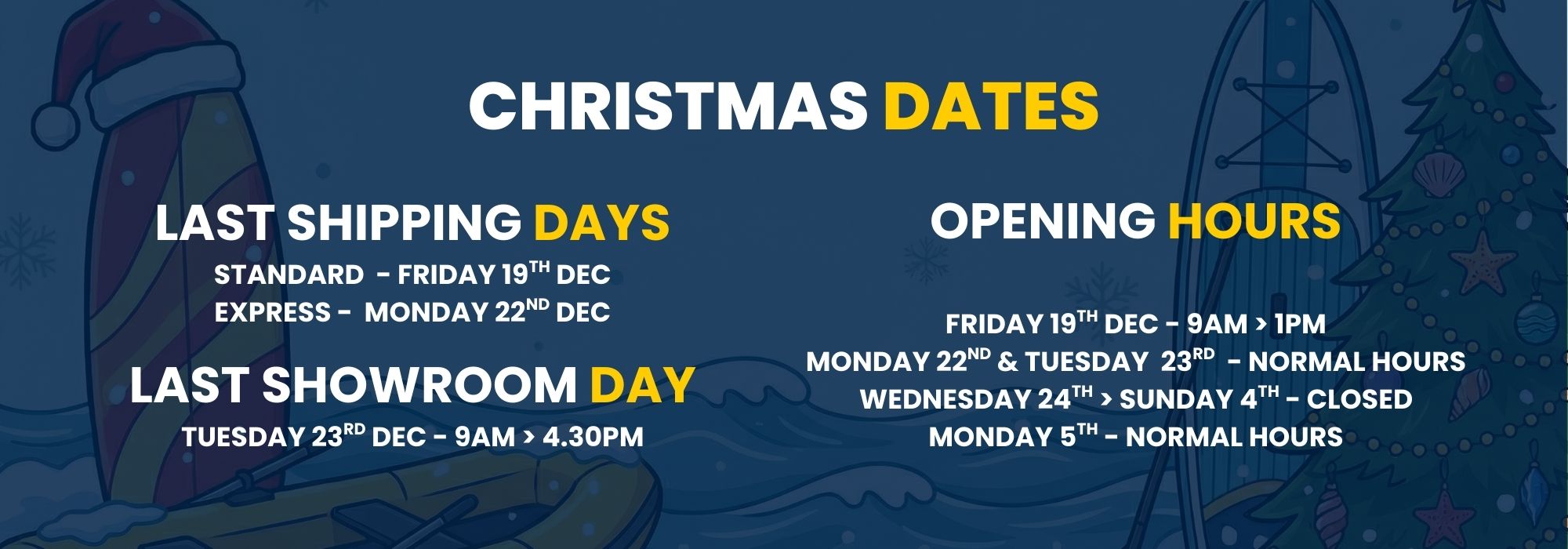When it comes to getting the best performance out of your boat, three key factors make a difference: the hull, the outboard motor, and the propeller. While you can’t easily change your boat’s hull or upgrade to a more powerful outboard without a significant investment, the propeller is something you can easily replace to dramatically improve your boat’s performance.
In this blog, we’ll walk you through the basics of boat propellers, how they work, and how to choose the right one to get the most out of your boat.
How Does a Boat Propeller Work?
At its core, a boat propeller converts the rotational motion of your outboard motor into forward thrust. As the blades spin, they push against the water, which pushes back against the propeller, moving the boat forward. The size, shape, and configuration of the propeller determine how much resistance it encounters in the water and how efficiently your boat moves.
Less resistance results in higher RPMs and more top-end speed. More resistance, on the other hand, can give you more control at lower speeds but may reduce top speed.
Understanding Boat Propeller Configuration

Propeller Size
Propeller size is expressed in two numbers: diameter and pitch (e.g., 14×19).
Diameter is the width of the propeller’s circle when it completes a full rotation.
- Larger diameter: More water resistance, lower RPMs, and improved low-speed control.
- Smaller diameter: Less resistance, higher RPMs, and better top-end speed.
Pitch is the distance the propeller would move forward with one full rotation, assuming no slip.
- Higher pitch: Reduces RPMs, better for top speed.
- Lower pitch: Increases RPMs, better for acceleration and low-speed performance.
You may even want to have different pitch props to switch out based on your type of boating trip, whether you’re cruising, towing, or fishing.
Propeller Rotation

Propellers can rotate clockwise or counterclockwise. The letter “R” (for right-hand rotation) or “L” (for left-hand rotation) after the prop size indicates this. Most single-engine boats have right-hand props, while dual-engine setups may feature one of each to balance the boat’s performance.
Number of Blades

Most recreational boat propellers come with either 3 or 4 blades:
3-Blade Props: Less water resistance, higher top speeds, and better fuel economy. Ideal for recreational boating.
4-Blade Props: More water resistance, better acceleration, smoother ride, and improved control in rough waters. These are great for watersports.
Propeller Material: Aluminum vs. Stainless Steel

Choosing between aluminium and stainless steel propellers depends on your budget and performance needs:
Aluminum Propellers
Affordable and lightweight, making them ideal for lower horsepower outboards. However, they are prone to damage and cannot be repaired easily. They may flex at high RPMs, reducing performance slightly.
Stainless Steel Propellers
Stronger, more durable, and less likely to flex, maintaining performance at high speeds. They’re reparable, making them a long-term investment, especially for powerful engines (125HP and above).Stainless steel is more resistant to damage but comes with a higher price tag.
If you frequently boat in rough or sandy waters, upgrading to a stainless steel prop might be worth the investment. However, for most recreational boaters, aluminium props offer excellent value.
Why the Right Propeller Matters
Your propeller affects nearly every aspect of your boat’s performance. Here’s why having the right one makes such a big difference:
Fuel Efficiency: A well-matched prop can save you fuel by helping your engine run at its most efficient RPM range.
Top Speed and Acceleration: The right combination of diameter, pitch, and blade count can either maximise your top-end speed or enhance low-speed control and acceleration.
Handling: Whether you’re navigating calm waters or dealing with rough conditions, your propeller affects how your boat handles on the water.
We hope this guide helps you understand the ins and outs of boat propellers and empowers you to choose the best one for your boating style. If you have any questions, our team is always here to help.





Leave a comment
This site is protected by hCaptcha and the hCaptcha Privacy Policy and Terms of Service apply.